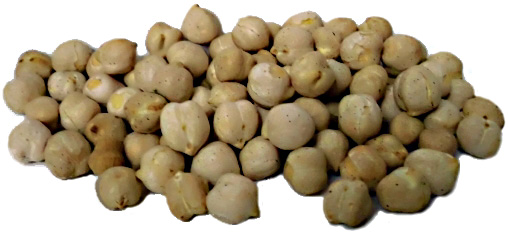...Best of Sicily presents... Best of Sicily Magazine. ... Dedicated to Sicilian art, culture, history, people, places and all things Sicilian. |
by Roberta Gangi | |||
Magazine Index Best of Sicily Arts & Culture Fashion Food & Wine History & Society About Us Travel Faqs Contact Map of Sicily
|
In 1282, a conspiracy and mass riot subsequently known as the War of the Vespers led to the expulsion of the Angevin French from Sicily. By this time, the "native" nobility, for the most part descended from Normans, Germans, Lombards and Byzantines, spoke an early dialect of Sicilian. Most of the Angevins enfeoffed since the defeat of Manfred and Conradin Hohenstaufen (heirs of Frederick II) some fifteen years earlier spoke French among themselves. When these conquerors did speak Sicilian or Italian, it was with a strong French accent, yet they didn't look any different from the native nobles. To identify them, the leading revolutionaries demanded that one Frenchman after another pronounce the word for a chick pea. Perhaps they held up a bean to be identified by name. The French, so the chronicles tell us, pronounced ciciri with a very distinct – and very foreign – accent and were killed. Chickpeas (or garbanzos or erébinthos) were probably introduced in Sicily in neolithic times from peoples arriving from the eastern Mediterranean during the island's "Proto-Sicanian" period. Originating in western Asia, the legume Fabaceae Cicer Arietinum found its way into the cuisine of cultures ranging from what is now Portugal to present-day China. Across this wide section of Asia, Africa and Europe, domesticated chickpeas dated as early as 6000 BC (BCE) have been found at archeological sites and caves. At sites in Turkey and Israel they have been found in pottery of the Late Neolithic, circa 3500 BC. In their love of the chickpea, the Greeks and Romans were merely following in the footsteps of earlier civilizations, and ceci foods have been found at Roman sites across Europe. The surname Cicero derives from a Latin word denoting the profession of ceci farmer. For their presumed medicinal and fertility properties, chickpeas were associated with the goddess Venus. In Sicily, chickpea flour is the main ingredient in panella. In the Middle East, it is used to make hummus and (with fava beans) falafels. Desi chickpeas are ubiquitous in Indian cuisine; in Sicily the variety is the kabuli, and in Puglia black chickpeas are cultivated. Historically, chickpeas were dried for preservation. Toasted chickpeas (shown here) are still part of Sicilian cuisine after many centuries. High in fibre, vitamins and minerals – especially folate, zinc, iron, magnesium, calcium, phosphorus and potassium – chickpeas are a particularly healthy food. Some studies have even indicated that they may help to lower cholesterol in the bloodstream. A very beneficial food, even if you wouldn't be able to pronounce its Sicilian name correctly to save your life. About the Author: Roberta Gangi has written numerous articles and one book dealing with Italian cultural and culinary history, and a number of food and wine articles for Best of Sicily Magazine. | ||
Top of Page |
 It was a violent event that ushered the humble chickpea (ceci)
into the annals of Sicilian history.
It was a violent event that ushered the humble chickpea (ceci)
into the annals of Sicilian history.